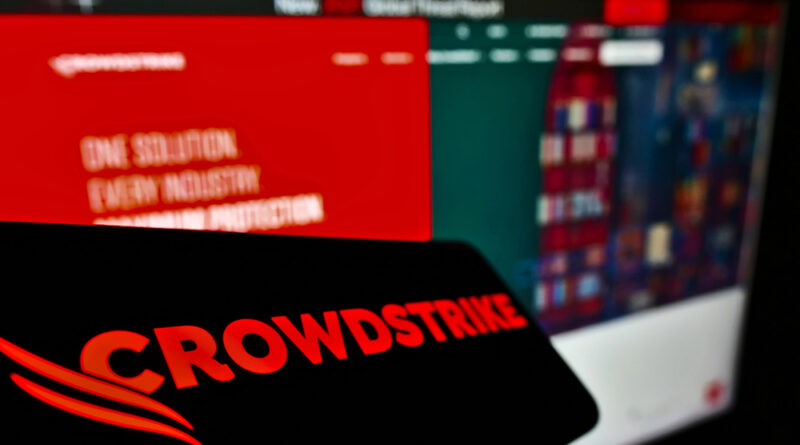CrowdStrike to Shed 500 Jobs, Cites AI Efficiencies Despite Recent Revenue Growth and Notorious 2024 Outage
Cost-cutting meets automation
CrowdStrike, the cybersecurity vendor whose faulty update last July disrupted 8.5 million Windows machines worldwide, plans to eliminate roughly 500 positions—about 5 percent of its global workforce. In a filing to U.S. regulators, the company said the reduction is driven partly by “efficiencies created through artificial intelligence,” alongside a push to broaden its product line and maintain high growth rates.
Management expects the restructuring to generate as much as US $53 million in one-off costs. The layoffs come six weeks after CrowdStrike reported fourth-quarter revenue of US $1 billion—up 25 percent year on year—but still posted a quarterly loss of US $92 million.
Analysts question the AI narrative
Industry observers are sceptical about framing staff cuts as an AI dividend. Market researchers note a growing pattern in the tech sector: companies announcing workforce reductions while touting automation gains shortly after signalling slower sales forecasts. Analysts argue that many firms are under pressure to validate hefty AI investments, yet enterprise adoption remains uneven; fewer than half of rank-and-file employees actively use AI on the job, and only single-digit percentages harness it for measurable productivity boosts.
Timing and optics
CrowdStrike’s decision lands less than a year after its software update crippled airports, hospitals, payment systems and broadcasters. Some experts say trimming headcount so soon—especially under the banner of automation—risks appearing dismissive of lessons from that outage. They contend the company might have been better served funneling resources into incident-response capacity and product quality controls.
Broader labour implications
Academic specialists tracking workplace automation describe AI-driven redundancies as an inevitable trajectory. The World Economic Forum estimates nearly a quarter of all roles will transform by 2030: about 69 million positions created, but 83 million displaced, for a net two-percent contraction. Commentators anticipate more companies following CrowdStrike’s lead—particularly vendors whose offerings can be scaled or supported by large language models and code-generation tools.
While emphasising that AI can augment staff as well as replace them, analysts caution firms to tread carefully. Over-zealous reductions risk eroding in-house expertise at a time when cyber-threat volumes and sophistication continue to climb. For now, CrowdStrike is betting that streamlined teams plus machine-learning accelerants will deliver the innovation—and profit margins—shareholders expect.
Photo Credit: DepositPhotos.com

